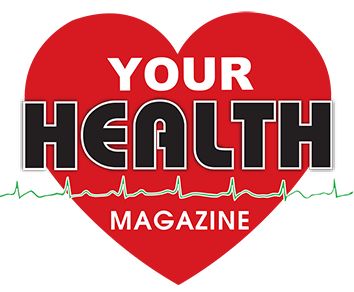
More Dental Health Articles
Oral-Systemic Health Your Mouth Is the Window To Your Overall Health
Gum disease is now considered not just an oral disease, but also a systemic disease that needs to be addressed by a coordinated care team of both dental and medical professionals.
Over the last year, research has found
Up to 50 percent of heart attacks are triggered by oral pathogens.
Addressing visual and microbial gum disease slows if not reverses CIMT progression.
Six oral spirochetes (a type of bacteria in the mouth) appear to cause Alzheimer’s.
P. gingival is an oral bacterium that raises the risk for a heart attack by 13.6 times when present
that is twice the risk of a heavy smoker.
Periodontal disease is as big a risk as high blood pressure is for strokes.
Medical and dental schools are presenting oral bio-film (plaque that surrounds your teeth) and its impact on cardiovascular disease, Alzheimer’s disease, and diabetes.
Research is showing us the importance of oral care and its impact on systemic health problems. Integrative medical professionals understand the importance of oral health, but they can’t do it without the dentists’ help. They know oral inflammation impacts their care and the outcome of their patients’ health. Also, inflammation and bleeding gums is a sign that something else is wrong elsewhere in the body.
A drop of saliva the size of a nickel has more bacteria (over eight billion) than there are people on this planet. There are eight to twelve known types of bad bacteria, which are considered the destructive forces of gum disease and systemic inflammatory disease.
The following triggers all have an impact on oral bio-film
With stress, cortisol is released in the mouth and has a big impact on the smallest amounts of bad bacteria, often with no visual signs of gum disease.
Sleep quality and airway obstruction.
Diabesity has a huge impact on bio-film due to cardio-metabolic disruption.
It is time for dental professionals to address pathogens (bacteria) in their dental care for their patients. It improves dental outcomes and reduces their risk for disease.
The bad bacteria associated with both gum disease and systemic disease can be identified by taking a plaque sample from a patient’s mouth and placing it on a slide and then viewing it under a microscope. A genetic test (DNA) on saliva can also be done to identify the patient’s bacterial risk for gum disease. A surprisingly large portion of the population is above threshold for these bacteria.
Having a clean and healthy mouth is not only essential aesthetically but also in the health of your entire body. If you would like to find out your bacteria risk assessment for gum disease, a dentist would be happy to take the time to check your oral health.
Other Articles You May Find of Interest...
- Let’s Smile Dental’s 7&Up Club
- Strengthening Smiles: Understanding the Importance of Splinting Periodontally Involved Teeth
- Understanding Soft Tissue Grafting: A Key To Periodontal Health
- New Solutions for Dentures and Dental Implants
- Benefits Of Immediate Dental Implants
- Preventing Tooth Injuries During Your Child’s Active Summer
- How New Tech In the Dental Office Benefits You

















